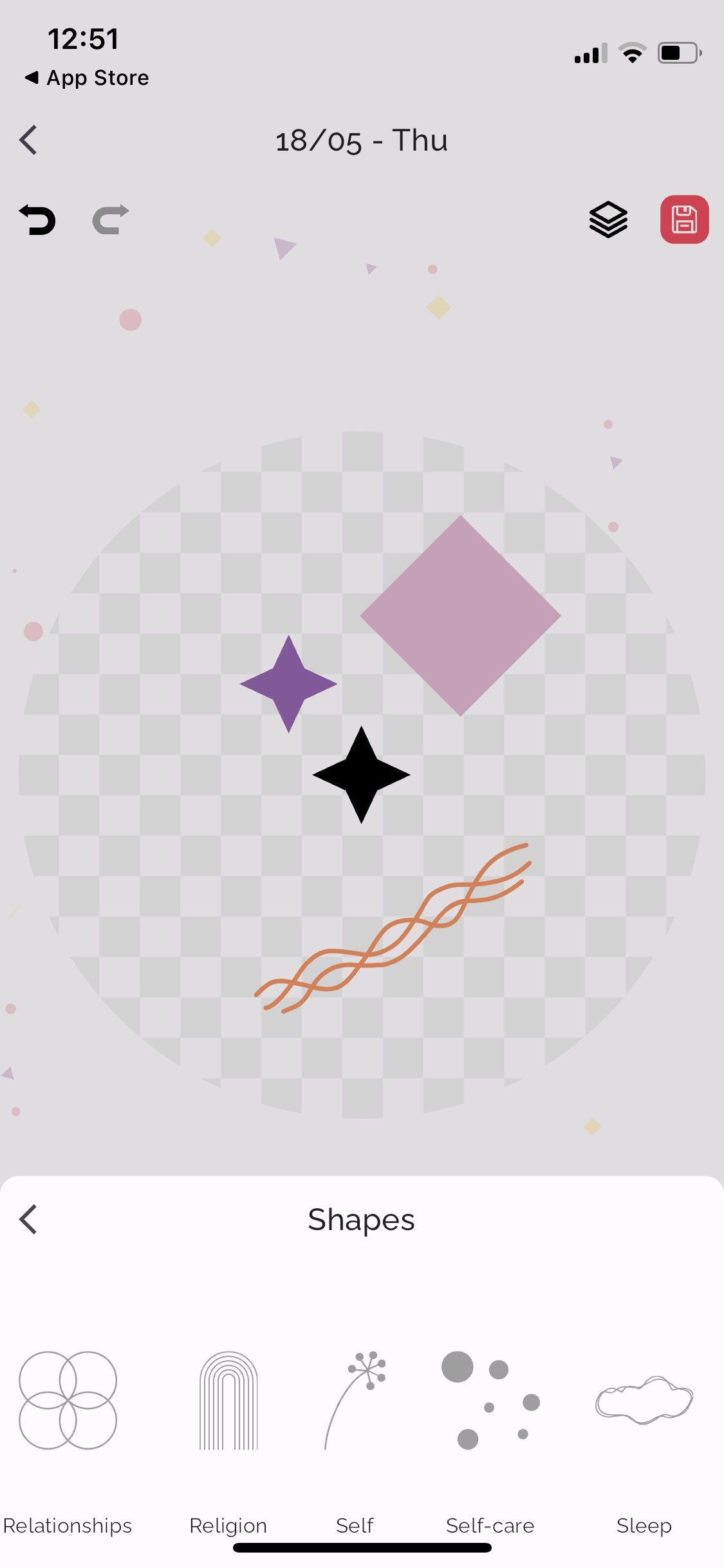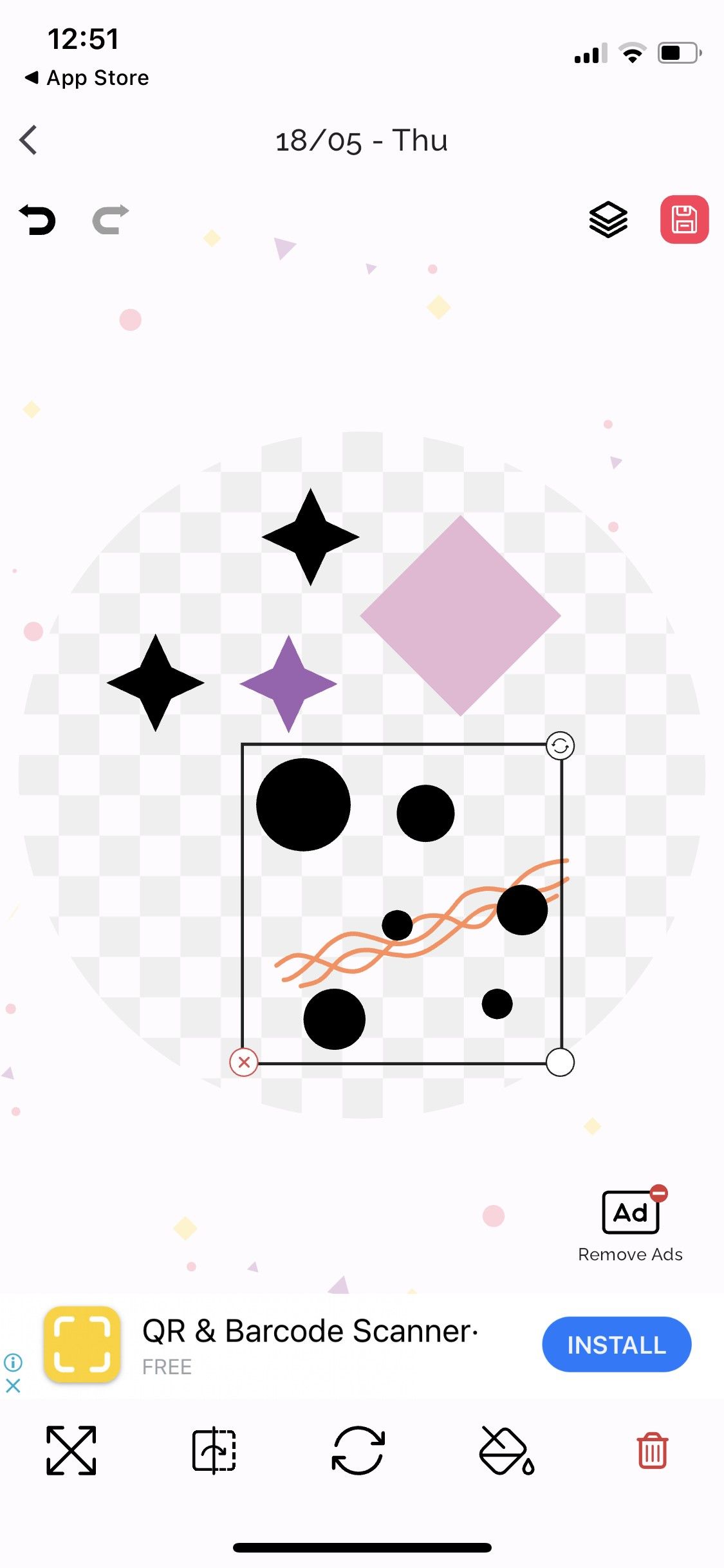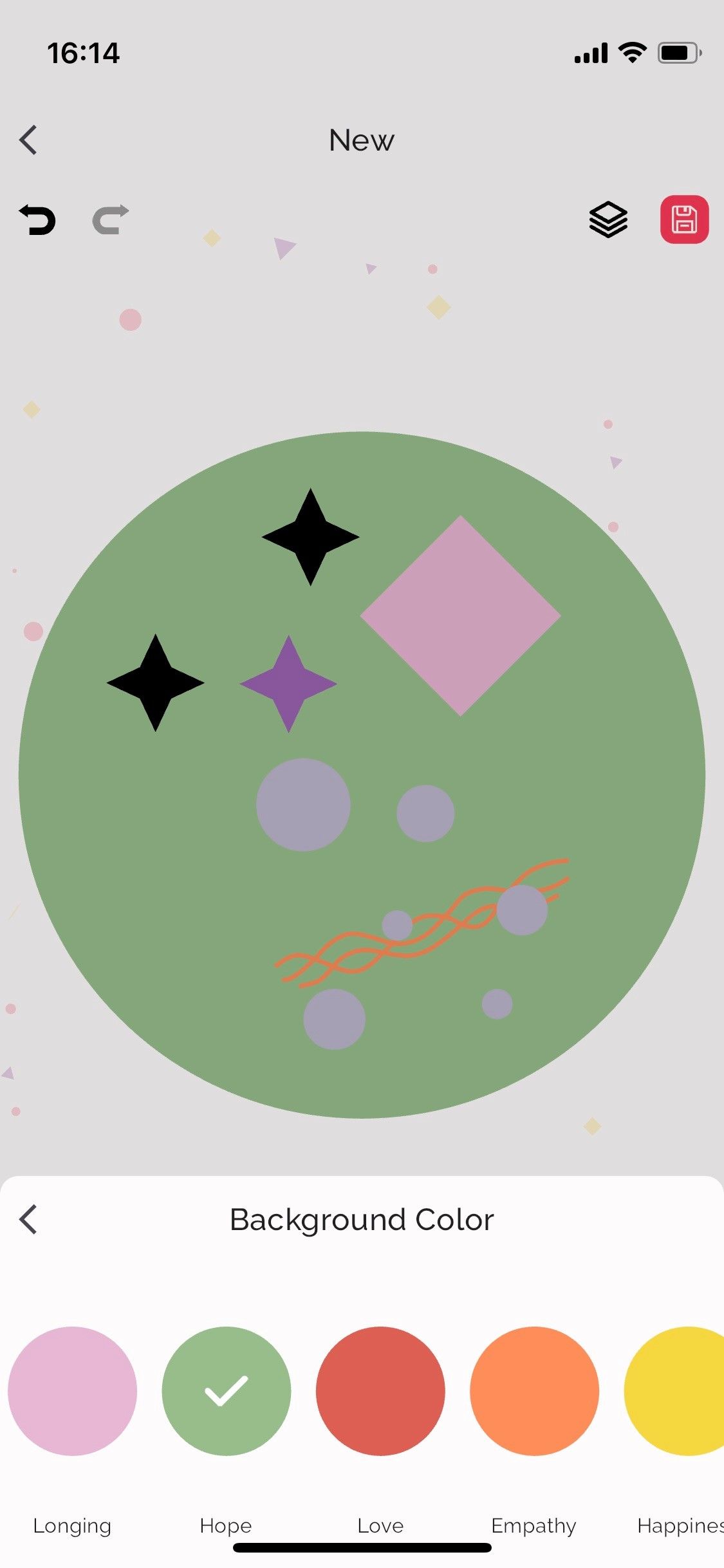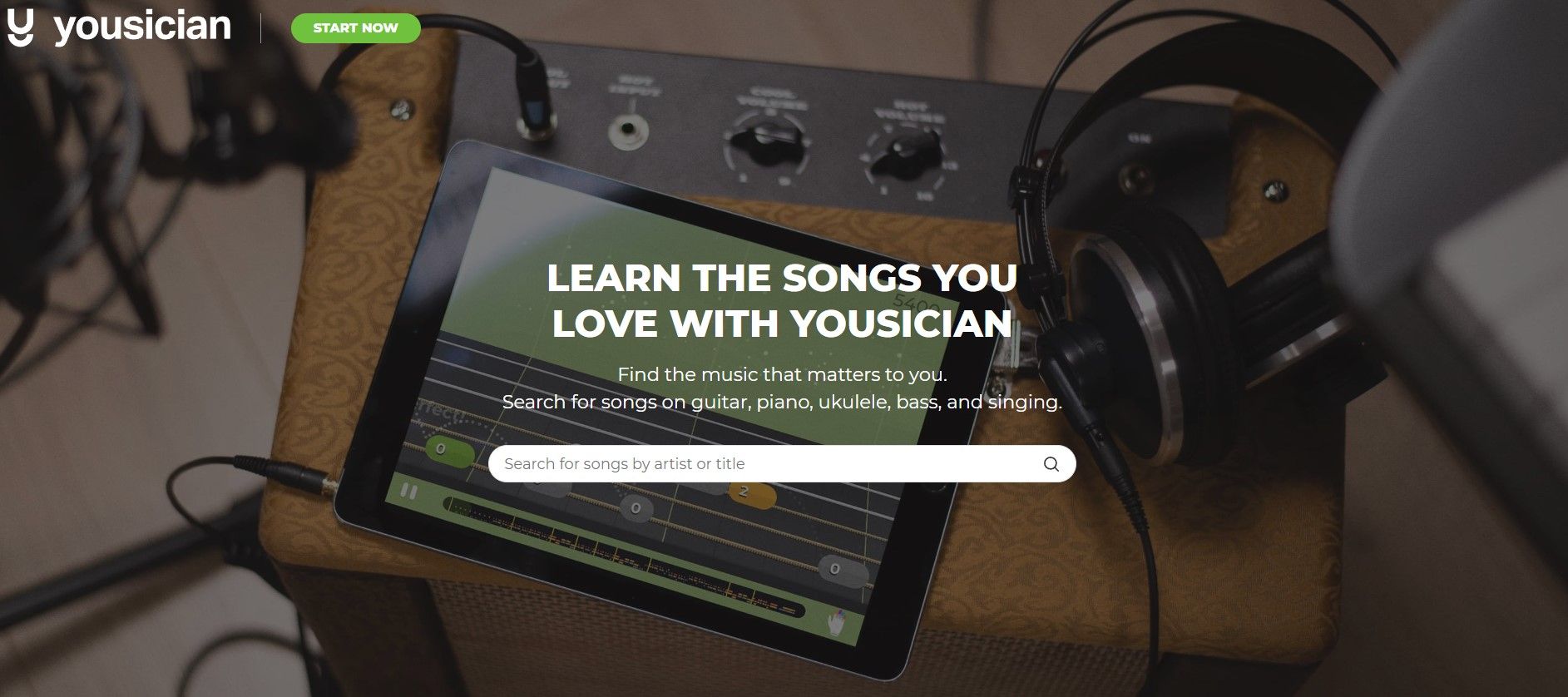Seeking mental health support when you need it is important for looking after your overall well-being. A common misconception about mental health, however, is that speaking to a counselor or therapist is the only option.
Talk therapy isn’t the best-suited option for everyone. If you’ve tried and disliked speaking to a therapist, or if it’s just not your cup of tea, don’t fret. With a little digital help, you can access different therapy options to better suit your needs. Here are some creative alternatives to talk therapy that can support your mental well-being.
1. Journal Writing Prompt Therapy
Journal writing prompt therapy is exactly as it sounds—you use prompts for journaling that can support and improve your mental well-being. The idea behind journal writing prompt therapy is to answer questions to dig deep into your emotions, anxieties, fears, and experiences and help process difficult feelings, experiences, or memories.
Journal writing prompt therapy can help you overcome various barriers in your life. Its benefits include improved self-awareness and compassion, processing trauma and making sense of distressing situations, managing difficult emotions, and providing a safe space to explore your thoughts and experiences freely without judgment or punishment.
There are several digital tools you can use to get started with journaling writing prompts therapy, including:
- Pinterest. Simply type “journaling writing prompts therapy” into the Pinterest search bar to receive endless therapeutic journaling ideas. Pin or save for later use.
- Online resources. Websites such as Oprah Daily, PsychCentral, and Positive Psychology offer free journal prompt resources to help support your mental health.
- YouTube. Channels created by licensed therapists, such as Therapy in a Nutshell, offer videos on journaling prompts for mental health.
- CBT apps. Using a self-guided CBT (cognitive behavioral therapy) app such as Intellect: Create a Better You provides guided journal prompts and programs to help support your mental health. (Learn how to use the Intellect app to aid your mental health here.)
Download: Intellect: Create a Better You for Android | iOS (Subscription required, free trial available)
2. Expressive Arts Therapy Activities
If you find it difficult to articulate what you’re feeling, then expressive arts therapy is a multi-modal approach to mental health support that can be useful. Instead of talk therapy, you can use a variety of non-verbal art modes to help you access your emotions, express yourself, and heal.
Expressive arts therapy isn’t just limited to visual arts—it also includes crafting, dancing, writing poetry or lyrics, and playing or listening to music. The idea is to use whatever form of art you enjoy best to express yourself. You can allow your imagination and creativity to take over as you lean into an emotional process of self-discovery.
Here are a few ways you can try expressive arts therapy:
- Poetry. Reading or writing poems can help you express deep-seated emotions and explore your feelings through the written form. The National Association for Poetry Therapy is a good place to start. You can also use the PoemHunter website (or mobile app) to read, analyze, and discuss poetry to help support your mental well-being.
- Dancing. You can try therapeutic dancing for free in the privacy of your own home by playing a game like Just Dance Now. Udemy offers a course to learn dance therapy. Alternatively, use the American Dance Therapy Association to find a registered therapist for Dance/Movement Therapy (DMT).
- Crafting. Crafts can be a therapeutic pastime, whether it's pottery, textiles, paper crafts, or scrapbooking. For crafting inspiration and tutorials, try the Creativebug app.
Expressive arts is about finding a creative outlet to process and express your feelings, experiences, and healing.
Download: Creativebug for Android | iOS (Free, in-app purchases available)
3. Music Therapy
Music Therapy is a clinical and evidence-based practice that uses music interventions (often facilitated by qualified music therapists) to achieve your personal mental health goals. These goals could be expressing feelings, managing stress, or alleviating pain through interventions such as music improvisation, receptive music listening, songwriting, or playing an instrument.
A common misconception about music therapy is that you need to have some sort of musical ability to benefit from the practice, but you don’t! There also isn’t one style of music that’s more beneficial than the other, so the key with music therapy is picking the instrument, style, or sound that you like the most, and seeing how it can help you.
To try music therapy yourself, here are a few accessible starting points:
- Listen passively. Playing relaxing music in the background can help reduce stress and strengthen your well-being. There are plenty of free music streaming services you can try, from YouTube Music to the ever-popular Spotify.
- Create music. You can either play an instrument or use a music generator to compose your own music and songs. If you don’t have any musical experience, you can learn to play an instrument online, using resources such as New Guitar Lessons, Drum Lessons, or Hoffman Academy.
- Write your own lyrics. Therapeutic songwriting can help you address and process any emotional traumas or express your ideas and feelings. Online tools such as SongPad and LyricStudio can help you with your songwriting process.
If you’re keen to learn a new instrument, but not sure which one to pick, give Yousician a go. The app offers lessons on bass, guitar, piano, ukulele, and singing, taught through step-by-step video guides. As the content on Yousician is created by music teachers, it’s the next best thing to being taught in person. Yousician can also give you feedback on your progress by using the record function.
Download: Yousician for Android | iOS (Free, in-app purchases available)
4. Art Journal Therapy



Another creative activity that can boost your mental health is art journal therapy. For art journal therapy, you use a diary to visually express your thoughts, emotions, and ideas through your preferred art form. Think drawing, sketching, painting, photographing—you can approach an art journal for therapeutic uses based on your favorite type of art.
As with most journaling practices, the idea with visual journaling is to practice consistently. Picking a time of day to work in your journal can help promote its benefits, from mindfulness and self-expression to stress reduction.
You can try art journal therapy using MoodArt—an app designed to help you map your emotions and express them in an artistic way. It’s easy to get started with the free version: simply tap the plus (+) icon (located within the calendar and at the bottom of the screen) to start your expressive art therapy activity.
You can create your expressive art using the following features:
- Factors tab. Tap the theater faces icon to open the Factors menu. Scroll across to find an illustration that represents what area of your life you wish to express or explore (e.g. family, finances, news, relationships, or work) and tap to add it to your picture.
- Shapes tab. Tap the shapes icon to choose different shapes to add to your picture.
- Background color tab. Tap the fill icon to pick a color for the background of your picture.
For each shape or illustration that you add to your picture, you can modify its shape, size, orientation, and color. Keep adding and editing elements to your picture until you feel satisfied, then tap the save icon to give your image a title, description, and choose to save in-app or onto your device.
For more expressive art ideas, check out these free online soothing art therapy apps for mental peace and stress relief.
Download: MoodArt: Your Emotions in Art for Android | iOS (Free, subscription available)
Try Creative Alternatives to Talk Therapy
If talking to a therapist doesn’t suit your needs, trying a creative alternative could help you look after your mental health. From using prompts for therapeutic journaling to expressive dancing, you'll find plenty of creative therapy options online.


